Steven Soderbergh and Co-Director/Editor Jon Kane on Godfrey Reggio’s Ravishing New Film “Once Within a Time”
Filmmaker Godfrey Reggio, whose groundbreaking Koyaanisqatsi (1982) remains influential and much admired, didn’t travel to Boston for the November 3 screening at the Coolidge Corner Theatre of his new film and his first in a decade, Once Within a Time. But executive producer Steven Soderbergh and co-director and editor Jon Kane happily channeled the 83-year-old Reggio’s animated, eccentric spirit in a lively post-film conversation (which this writer moderated) before an enthusiastic crowd that cheered Reggio’s avant-garde fairy tale released in theaters this week from Oscilloscope Laboratories.
Soderbergh, who executive produced Reggio’s Naqoyqatsi (2002) and Visitors (2013), drew laughs with his deadpan response about working with such a passionate visionary. “Godfrey is a fun guy, absolutely, but I tap out fast … I leave inspired, excited, and confused. It’s like, I’ll never see the UFO, but I believe he saw it, and you go with that. You go with the resume, which is unique among American filmmakers,” said Soderbergh, the 2001 Oscar winner for Traffic. “What’s really inspiring is that with each film, he creates a new grammar to tell the story that he wants to tell. I was excited by [Once Within a Time] because it’s completely different than anything he had ever attempted, and I just wanted to see it.”
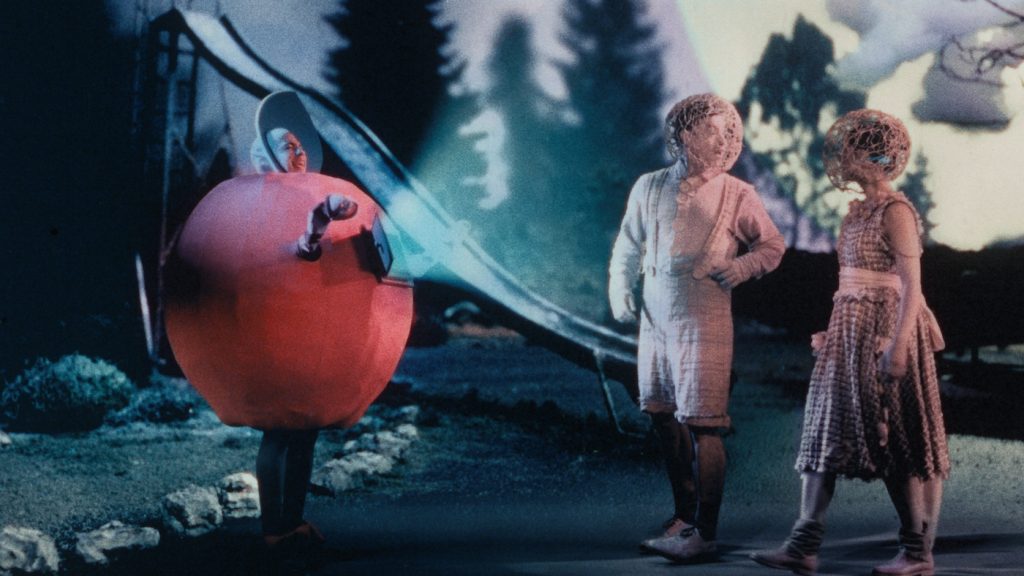
Once Within a Time reunites Reggio with his longtime collaborator, composer Philip Glass, to create a unique visual and aural experience. A wordless, futuristic fairy tale that looks like it was made in the silent era, with each shot hand-painted digitally, the film mixes circus and apocalyptic imagery and features a cast of children. It’s a cautionary tale about omnipresent technology that also offers hope for the future.
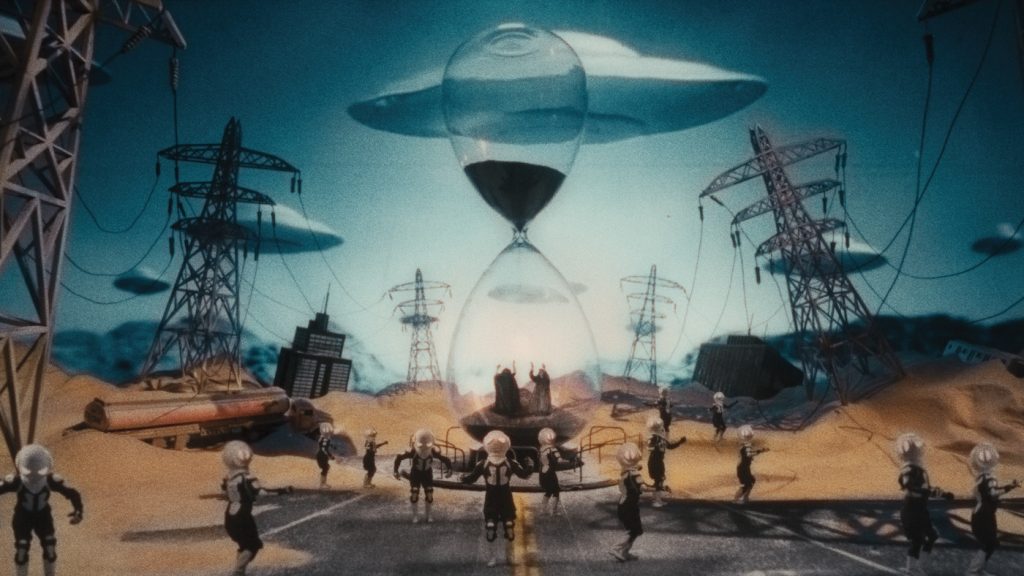
Reggio originally wanted to make a “3D IMAX comedy for children,” said Kane, who edited Reggio’s last two films and served as editor and co-director for Once Within a Time. Kane described the long journey to bring Reggio’s fantastical ideas to life. The trial and error process involved miniatures on a sound stage, rear projection, “a lot of rotoscoping,” and hand painting each frame of film so it looked like a silent from the 1890s.
“It took a year to figure out how to do it so it didn’t look like an Instagram filter,” said Kane. “We did it by hand but digitally. To make it convincing, we had to treat every layer separately. It’s futuristic imagery done in silent style, frame by frame.” Silent films were handprinted using brushes, he said, but Kane’s team had to employ the technique with computers.
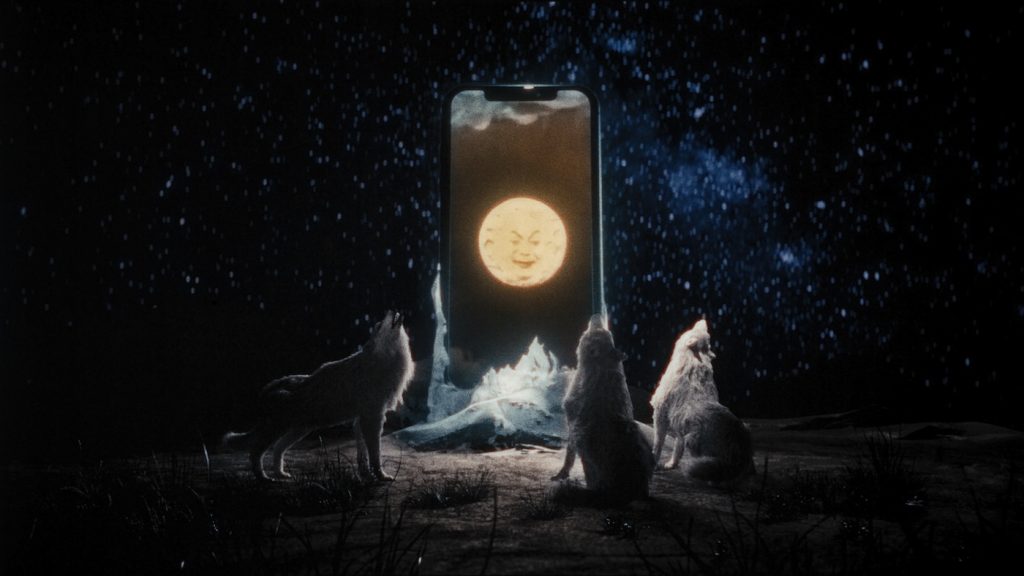
“Godfrey wanted to make a futuristic movie that looked like it was made in the past so it was somehow out of time and therefore timeless. The idea was great, but it was expensive,” said Kane, noting that the budget was originally estimated at 16 million dollars. “So we thought, [let’s] do in a studio, do it in 18 months, and make it a short film with Godfrey’s ideas still the same.” The short eventually expanded to its 52-minute running time, and although under $16 million, the budget was still a hefty price tag.
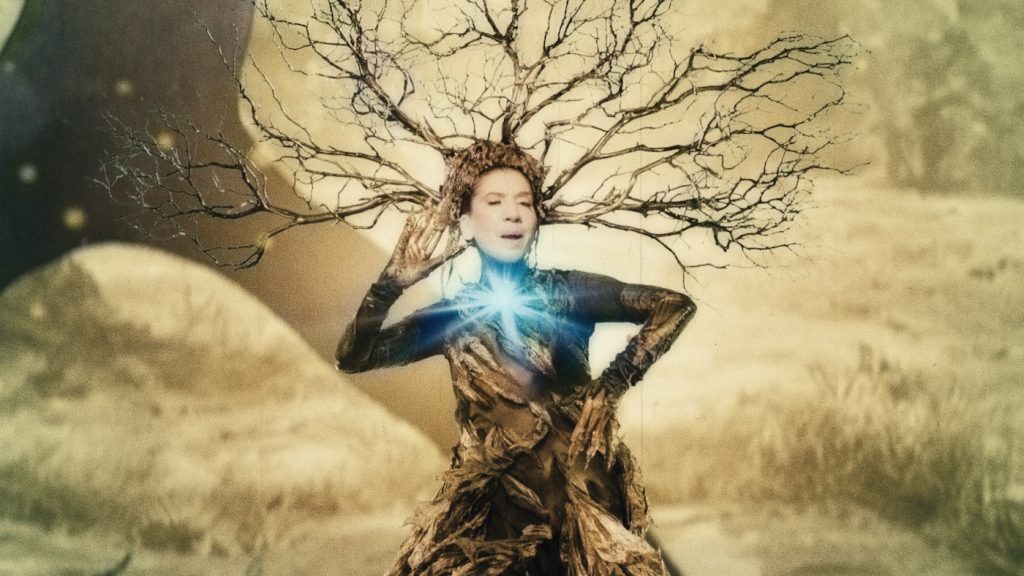
Enter Soderbergh, who over the past two decades had helped Reggio, a former monk and social activist, get two of his poetic, experimental films made: Naqoyqatsi, the final film in his “Qatsi” trilogy, and Visitors. Soderbergh wasn’t concerned with the lack of commercial prospects for such eclectic work; he wanted to help bring Reggio’s bold, singular vision to audiences that crave it.
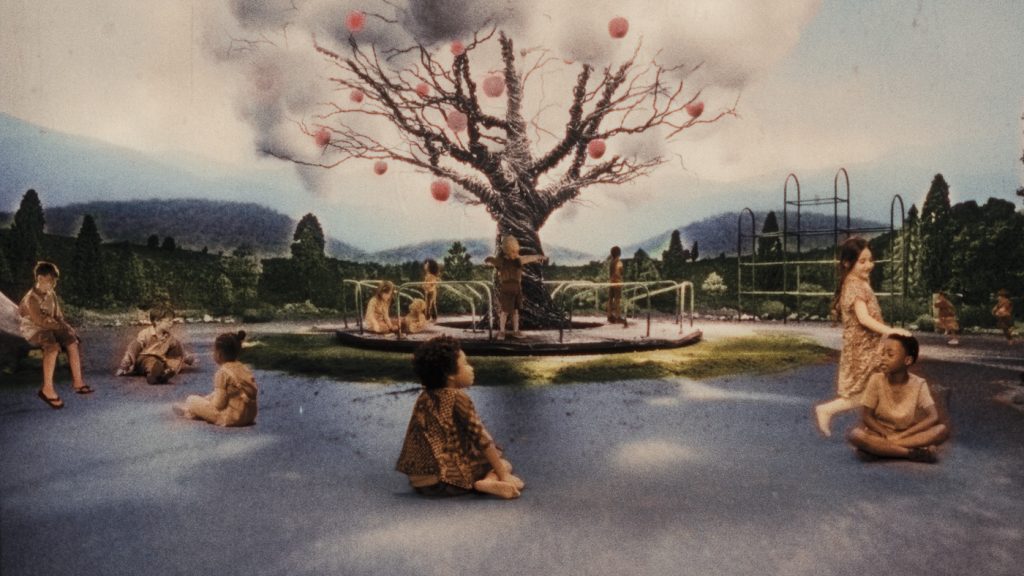
With his latest effort, said Soderbergh, Reggio “wanted to make something young people could look at and be activated by. It is intense what we’re all going through right now. To send a message that whatever is going to happen, the option of doing nothing isn’t viable. Get involved; do anything. I signed on for that. Godfrey often says that making his films requires finding an angel. An angel is someone who is willingly going to make a bad deal. At the end of the day, my name is the only thing I have that’s all mine. So I try to be careful how it’s deployed. And this, to me, is a no-brainer.”
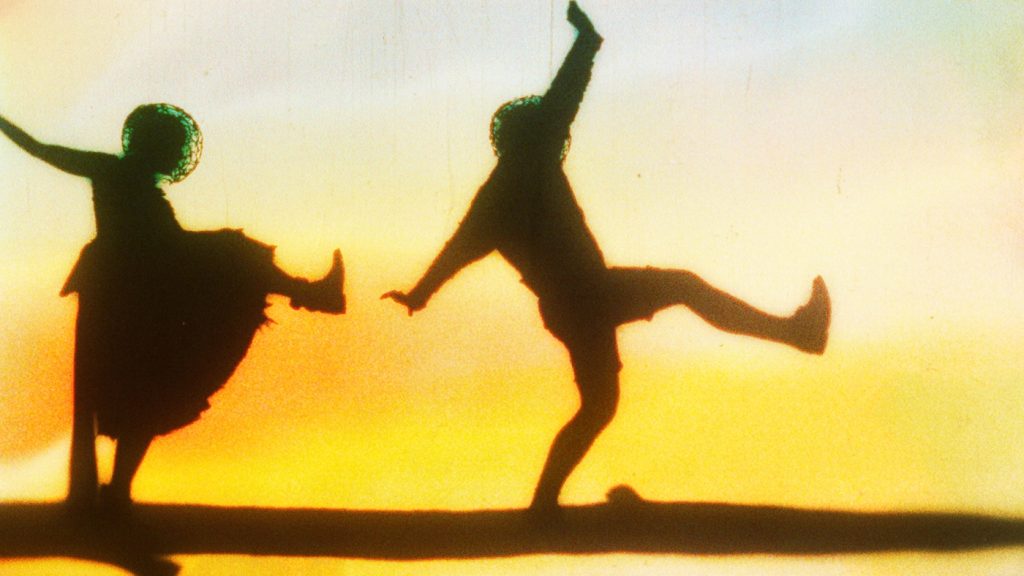
One of the most surprising moments in the film features boxing legend Mike Tyson as “The Mentor,” who regales a group of kids with a kind of jazz monologue. “Godfrey is very well connected in Hollywood. He can just call up Spike Lee or Francis Ford Coppola; he’s like the crazy hippie uncle,” said Kane. “He wanted Mike Tyson, and I thought, ‘that will never happen,’ but it did.” Tyson worked for a day on the soundstage and “was amazing,” said Kane. “He was happy to be there; he was witty; he was game for everything. A lot of the guys who work around the building in Red Hook in Brooklyn grew up with him, which we didn’t even know. So it was a homecoming.”
Soderbergh still draws inspiration from the uncompromising Reggio. “Godfrey is a child; it’s like being around a child, and I say that in the best possible way. There isn’t a mean or cynical bone in this man’s body,” said Soderbergh. “There’s something pure about how he sees and imagines things.”
Once Within a Time is in select theaters now.



